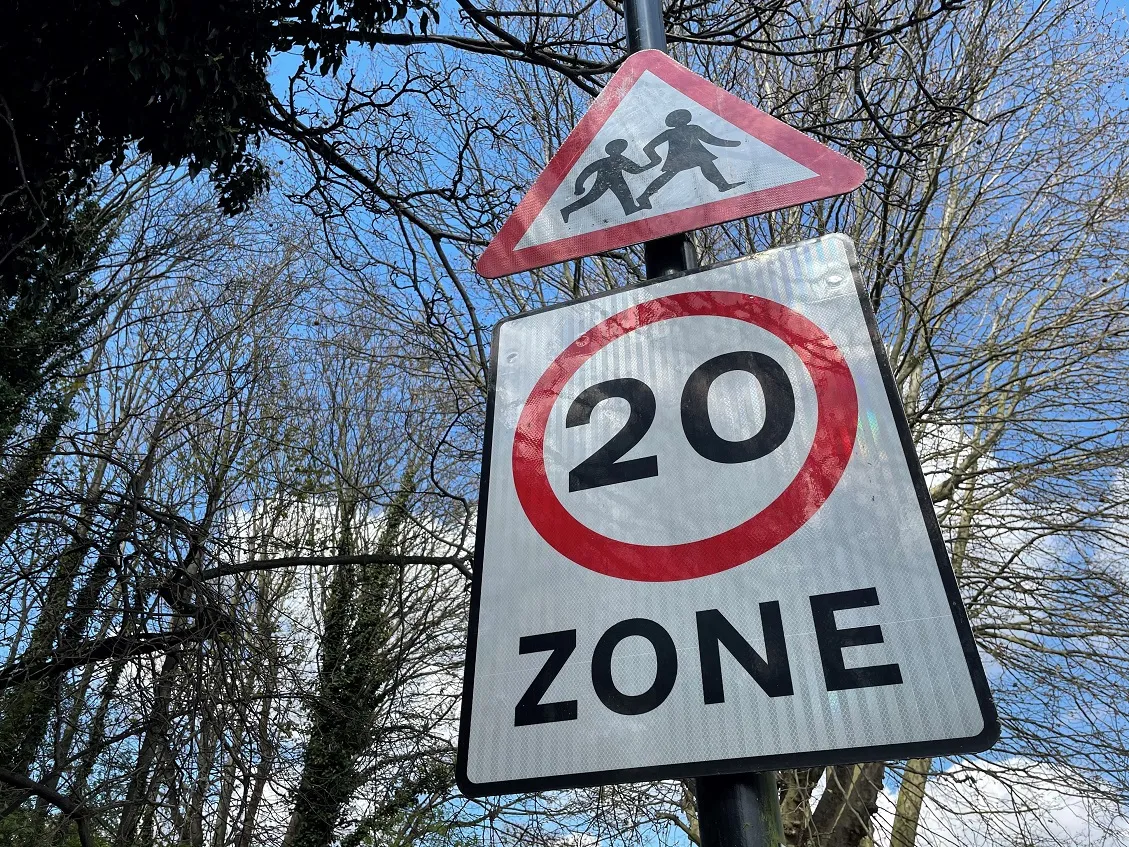Two announcements on the same day – from the OCEA Consortium and from Andrew Solutions - have reported overcoming the challenges of internet access in high-speed trains travelling at over 200mph (320km/h) in France and Italy. The technological achievements realised by the consortium have risen to the challenge of ensuring service at high speed in a high voltage electrical environment, and integrating the system's maintenance into the overall maintenance schedules of a high-speed network with no impact on th
May 18, 2012
Read time: 2 mins
Two announcements on the same day – from the OCEA Consortium and from Andrew Solutions - have reported overcoming the challenges of internet access in high-speed trains travelling at over 200mph (320km/h) in France and Italy.
The technological achievements realised by the consortium have risen to the challenge of ensuring service at high speed in a high voltage electrical environment, and integrating the system's maintenance into the overall maintenance schedules of a high-speed network with no impact on the rotation of trains.
"Providing Internet connectivity at 320 km/h was a new challenge that we are all proud to have successfully addressed for the SNCF," commented Philippe Roger of5636 Orange Business Services.
Meanwhile,1983 Telecom Italia called on Andrew Solutions’ 950 CommScope division to provide its equipment, commissioning services, and expertise in support of 2G and 3G wireless networks on 5637 Trenitalia Frecciarossa high speed trains. The Frecciarossa high speed train line is the fastest in Trenitalia’s fleet, with speeds reaching between 300-350 kilometers per hour.
As part of the new coverage and capacity project led by Telecom Italia, Andrew’s in-train solution is extending reliable wireless signals to passengers and staff on all 60 Frecciarossa trains. High speed trains’ metalised windows can dramatically reduce signal penetration into the carriages, resulting in spotty coverage and an increase of dropped calls. The pure speed of high speed trains complicates the hand off of wireless signals between base stations. And the complexities of different terrain and rapidly changing outdoor signal levels of the various networks involved increase the complexity.
Andrew’s wireless coverage solution is helping produce elongated cells that reduce the number of handovers required while boosting signal strength within the handover region. The company supplied about 600 Node AM dual band digital repeaters and kilometres of Radiax radiating cable with connectors and accessories, in addition to helping design and commission the wireless coverage system. An Andrew Node AM repeater, pickup antenna for GSM 900 MHz/UMTS 2100 MHz/GPS frequency bands, and metres of Radiax are installed in each Frecciarossa train carriage.
The technological achievements realised by the consortium have risen to the challenge of ensuring service at high speed in a high voltage electrical environment, and integrating the system's maintenance into the overall maintenance schedules of a high-speed network with no impact on the rotation of trains.
"Providing Internet connectivity at 320 km/h was a new challenge that we are all proud to have successfully addressed for the SNCF," commented Philippe Roger of
Meanwhile,
As part of the new coverage and capacity project led by Telecom Italia, Andrew’s in-train solution is extending reliable wireless signals to passengers and staff on all 60 Frecciarossa trains. High speed trains’ metalised windows can dramatically reduce signal penetration into the carriages, resulting in spotty coverage and an increase of dropped calls. The pure speed of high speed trains complicates the hand off of wireless signals between base stations. And the complexities of different terrain and rapidly changing outdoor signal levels of the various networks involved increase the complexity.
Andrew’s wireless coverage solution is helping produce elongated cells that reduce the number of handovers required while boosting signal strength within the handover region. The company supplied about 600 Node AM dual band digital repeaters and kilometres of Radiax radiating cable with connectors and accessories, in addition to helping design and commission the wireless coverage system. An Andrew Node AM repeater, pickup antenna for GSM 900 MHz/UMTS 2100 MHz/GPS frequency bands, and metres of Radiax are installed in each Frecciarossa train carriage.








